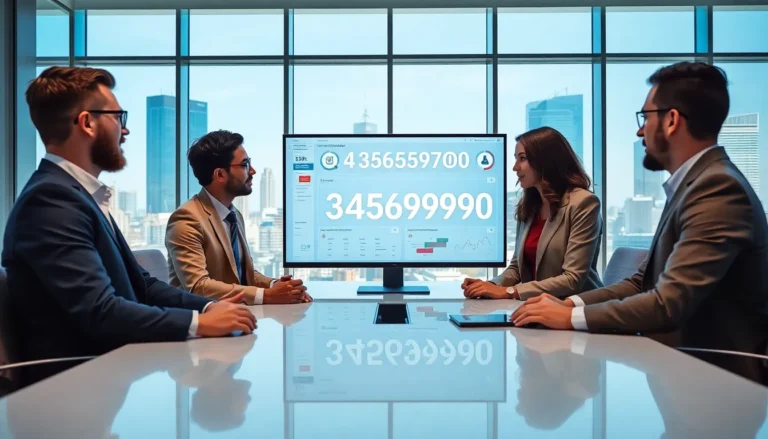Table of Contents
ToggleIn a world where software options are as abundant as cat videos on the internet, finding the right fit can feel like searching for a needle in a haystack. Enter the software demo—the magical moment when potential users get to experience a product firsthand. It’s like a first date but without the awkward small talk and the risk of spilling spaghetti on your shirt.
Software demos are more than just flashy presentations; they’re the ultimate test drive for tech. They allow users to explore features, ask questions, and envision how the software can transform their daily grind into a well-oiled machine. With the right demo, users can confidently decide if the software is their perfect match or just another fleeting fling. So, buckle up and get ready to discover why a software demo might just be the best thing since sliced bread—or at least since the last great app.
What Is a Software Demo?
A software demo showcases a product’s features and capabilities to potential users. It provides an opportunity to understand how the software contributes to specific tasks.
Types of Software Demos
Live demos allow users to interact in real time. Recorded demos offer a convenient way to view features at any time. Interactive demos engage users with hands-on experiences. Free trials enable users to explore functionalities before committing.
Purpose of Software Demos
Software demos help users evaluate whether a product meets their needs. They clarify capabilities, ensuring users grasp how the software integrates into their workflows. Demos facilitate informed decision-making by addressing user concerns directly. Providing insight into features contributes to a better understanding of the product’s value.
Benefits of Software Demos

Software demos provide significant advantages that help potential users evaluate options effectively. They facilitate a deeper understanding of product features while addressing specific user needs.
Enhancing User Experience
Engaging with a software demo allows users to interactively explore functionalities. Users gain insight into how intuitive the interface is and whether it aligns with their expectations. Different demo types cater to varying preferences, ensuring everyone has access to the information they seek. Live demonstrations enable real-time question-and-answer sessions, enhancing clarity about capabilities. Recorded demos provide flexibility for users to revisit material at their convenience. Ultimately, these interactive experiences contribute to a positive user journey, fostering confidence in software selection.
Accelerating Decision-Making
Participating in a software demo speeds up the decision-making process for users. By showcasing specific functionalities, demos eliminate uncertainty about what a product offers. Users can compare options directly, which streamlines the evaluation of multiple software solutions. Immediate access to vital details allows users to gauge compatibility with their workflow and needs. Clear insights help avoid misalignment between requirements and software capabilities. Ultimately, faster decision-making reduces time spent on research, enabling prompt transitions to implementation.
Key Components of an Effective Software Demo
An effective software demo incorporates specific elements that enhance user understanding and engagement. Two critical components include clear objectives and a user-centric approach.
Clear Objectives
Establishing clear objectives sets the tone for an impactful demo. Objectives provide direction, ensuring every aspect of the demonstration aligns with user needs. Outline essential features that address common pain points. For instance, demonstrating how a software solution streamlines project management clarifies benefits. Prioritize functionalities relevant to the target audience, allowing users to connect easily with what they see. Transparency about what the demo aims to accomplish fosters confidence. Users appreciate knowing what to expect, enhancing their overall experience.
User-Centric Approach
Focusing on a user-centric approach enhances the effectiveness of a software demo. Identifying the target audience’s unique challenges ensures that the demo addresses relevant needs. Engage users by asking questions that draw on their experiences, making technology relatable. Tailor the demonstration to showcase features that directly benefit users. Highlight functionalities that solve specific problems, encouraging interaction and feedback. Allow users to visualize how the solution fits into their workflows. This engagement fosters a sense of ownership and makes the software more appealing. Prioritize user needs to create a memorable demo experience.
Best Practices for Conducting a Software Demo
Conducting an effective software demo involves strategic planning and active audience engagement. Following best practices ensures a productive and memorable experience for potential users.
Preparation and Planning
Identify goals before the demo begins. Knowing the primary objectives helps tailor content to meet user needs. Create a structured outline that includes an introduction, feature exploration, and a closing Q&A session. Utilize tools that enhance presentation quality, such as high-definition screens or reliable presentation software. Testing the software in advance minimizes technical issues. Gathering feedback from team members during practice sessions further refines the demo flow. Ensuring audience materials, like guides or handouts, are available enhances understanding.
Engaging Your Audience
Start by encouraging interaction early in the demo. Inviting questions fosters a more dynamic atmosphere. Use relatable examples that directly address audience needs, making the software feel relevant. Incorporating live polls or quizzes helps maintain interest and assesses comprehension. Highlight features that solve specific pain points. Personalizing the experience increases engagement levels and makes the audience feel involved. Closing the demo with an open forum for questions reinforces clarity and encourages follow-up discussions.
Software demos play a crucial role in the decision-making process for potential users. By providing a hands-on experience and addressing user concerns, these demonstrations empower individuals to assess whether a product aligns with their specific needs.
With various types of demos available, users can choose the format that suits them best, ensuring they receive the information necessary to make informed choices. Prioritizing clear objectives and a user-centric approach enhances the effectiveness of each demo, fostering a connection between the software and its potential users.
Ultimately, a well-executed software demo not only clarifies capabilities but also builds confidence in the selection process, paving the way for successful software adoption.







